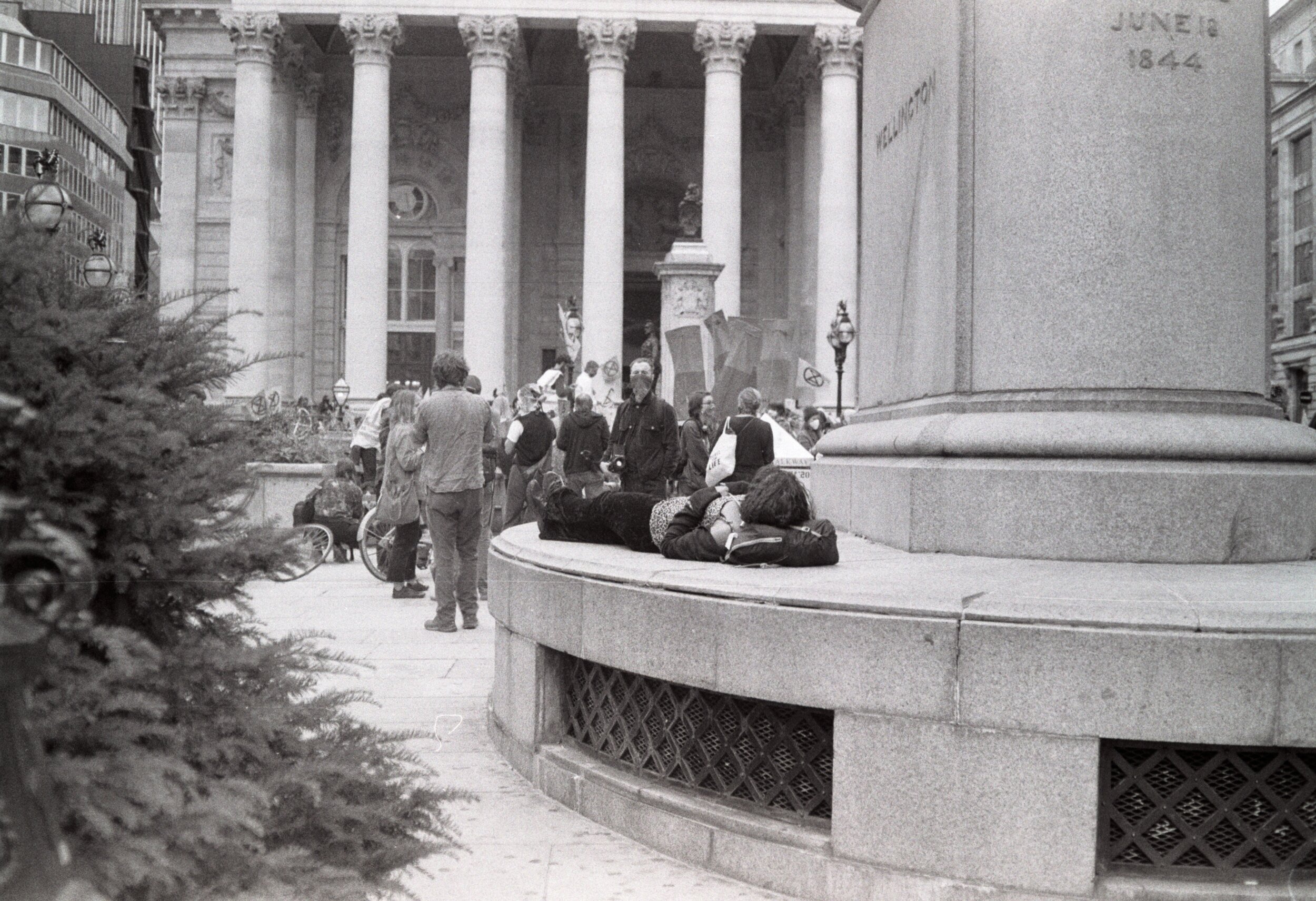
Banking - Part 2
The City helps create the Empire
Part 1 of the bumper edition of Industry in the City dealt with the origins of the English banking system, a topic which might have seemed slightly bland, but actually revealed the king makers behind the American Republic along with the government’s long standing obsession with debt. This article addresses topics almost as exciting, the role of banking houses as the cornerstone of the British Empire. Perhaps even more excitingly, the article features me being chased down the street at a snail’s pace by a security guard (more of which later).
Waterloo today
In the last episode, we talked about Barings Bank and its role in literally shaping the map of the United States and this week we start with a similar powerhouse of banking, the Rothschild family. The family was involved in banking from its very earliest conception, but it really entered the British scene during the Napoleonic wars. It is no exaggeration to say that almost all the bullion used to pay British soldiers was organised by Nathan Mayer Rothschild. In 1815 alone, almost £566 million (in modern money) was provided as subsidy loans to the allied troops fighting Napoleon. The transport of so much raw cash required the development of an incredibly sophisticated information exchange and so efficient was this that it gave the news about the victory at the battle of Waterloo to Nathan Rothschild a full 24 hours before the official courier from Wellington. It is an apocryphal tale that he used the information to make personal advantage in the Stock Exchange – he actually told the government (or attempted to, the Prime Minister was asleep so didn’t admit him). Perhaps more impressively, the Rothschilds actually made a fortune slightly later by predicting that a reduction in government borrowing caused by peace would lead to a stabilisation in the value of government bonds. So Nathan bought almost all of them before selling two years later for a 40% profit. It’s difficult not to sit in awe at the ability of the man, as Baron Baring said:
“I have not the nerve for his operations. They are well-planned, with great cleverness and adroitness in execution – but he is in money and funds what Napoleon was in war."”
As the nineteenth century progressed, the Rothschilds would become even more influential in creating the modern world. A list of achievements (and it can only be a list because there wouldn’t be room for all of them) includes:
Arranging the independence of Brazil by negotiating compensation payments to Portugal for releasing the country and raising capital for the new nation to actually operate;
Funding the creation of Rhodesia; and
Funding the Japanese during the Russo-Japanese War.
But perhaps the most audacious of all of these was the funding of the British government’s purchase of the Suez Canal. Finished in 1871, the canal acted as the artery to British India (it’s one of the reasons so much fighting occurred in North Africa during the Second World War). Financial difficulties in Egypt caused its ruler, Isma’il Pasha to look to sell his 44% share in the canal in 1875 for $4,000,000 (about £550 million in today’s money). Prime Minister, Benjamin Disraeli, was desperate to snap the shares up but hadn’t the funds to do so. The story goes that he met his close friend, Lionel de Rothschild, for a game of billiards at his country house at Gunnersbury Park and asked him for the money. They shook hands over the table and, without documentation, collateral or dispute resolution clauses, a gentleman’s agreement was formed. The money was provided (and paid back within five months), the shares bought and the canal remained in British control for almost 100 years until the Suez Crisis marked the end of the British Empire and Britain’s role as the key global power.
It’s a stark reminder that some of the most important deals in the world have been done behind closed doors, without documentation and without lawyers.
Gunnersbury Park - where the lending for Suez was agreed
"Dan!", I hear you shout, "I only read this article because I wanted the mental image of you slowly jogging away from a security guard, what was the story here?" Regular readers will realise that I would normally accompany this article with a picture of the Rothschild headquarters on St Swithin’s Lane next to Bank. It’s a beautiful modern building with a glass front behind which you can see many of the artifacts from the Rothschilds' long history. Swinging around my 1958 Leica to take my normal shot caused a security guard to rush out and remonstrate with me that it was private property and I wasn’t allowed to take photos. I pointed out that almost everything anyone takes a picture of is private property (it’s pretty difficult to only shoot buildings that you own) but I think the point was lost. To be fair, there was a substantial protest going on just up the road at the Royal Exchange and I think they were overly touchy, but in order to preserve my film, I started jogging away – I’m built for comfort not for speed so it wasn’t a great sight. The upshot is that you will have to imagine what the Rothschild headquarters look like.
Next time, we will be exploring the creation of the retail banking sector and the creation of modern banking in the UK.


